The name Salvador Dalí invariably provokes surreal and colorful images. Melting clocks, long-legged elephants and horses, and eggs with eyes are some of the many details recurring through his artwork. With his unusual character and magnificent talent, during his lifetime Dalí created more than 1,500 paintings and several films and wrote many articles about art.
Regardless of his expulsion from the Academy of San Fernando in Madrid, Dalí continued to exercise his talent and to express his eccentric ideas through art and with the help of some of his friends that he met during his studies. The artist spent most of his life in the town Figueres where he was born but also traveled all around the world for his exhibitions.
Together with the prominent film director Luis Buñuel, he created the movies Un Chien Andalou and L’Age d’Or which are still as popular as they were in the 20th century. Dalí’s uniquely bizarre and skillful paintings and films might make you wonder what his home was like.
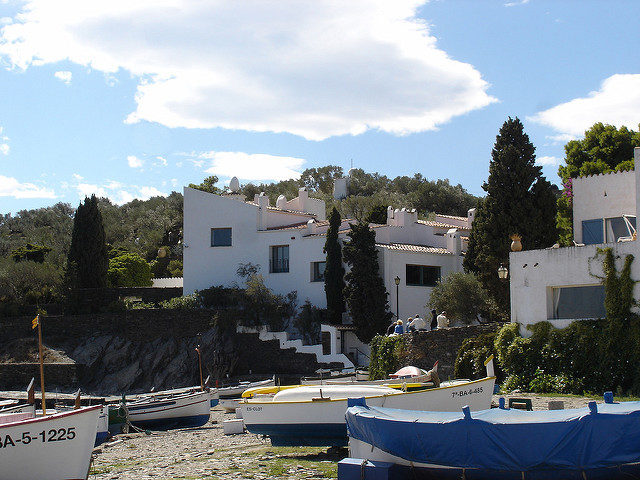
Besides his home in Figueres, he spent some time on the Costa Brava in Spain in a small village called Port Lligat. He fell in love with its landscape and decided to build a home there for his wife and muse Gala. In 1929, Dalí purchased a small fisherman’s quarters and expanded the space into a grand mansion over the next 40 years.
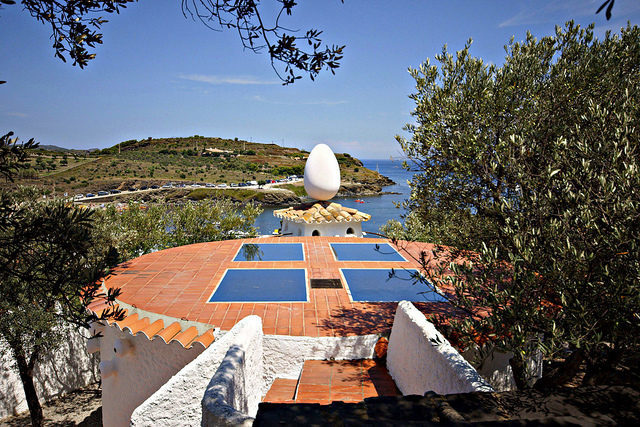
Today a museum, the house is one of the strangest structures in Spain. Many visitors come every year to see this eccentric home with its strange interior.

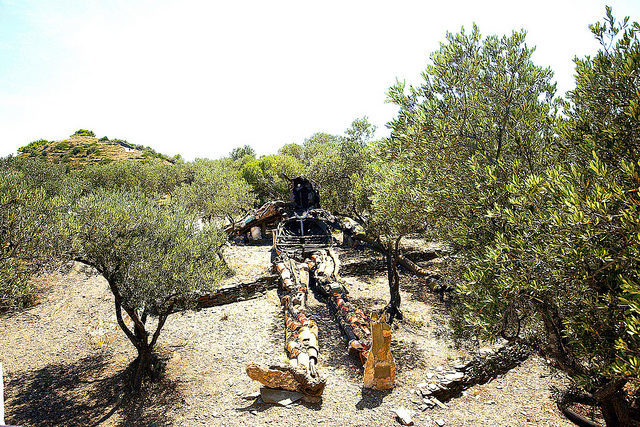
After entering Port Lligat, it is impossible to miss the big white egg standing on one of the terracotta roofs in front of Dalí’s house. It is one of his sculptures among the many that he installed in and around the property. The weirdest installation is a giant man made of wood lying in the gardens looking much like the character of Gulliver from Gulliver’s Travels.
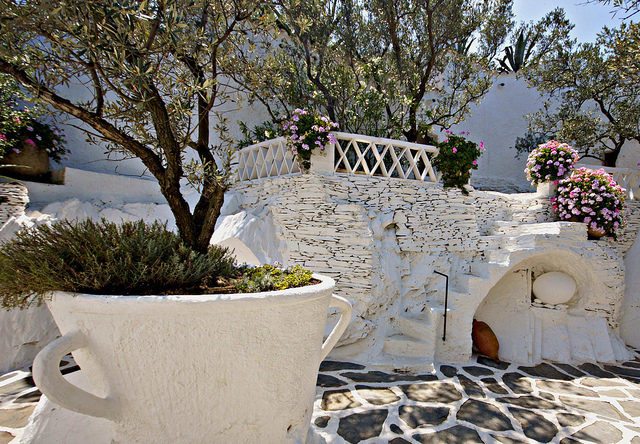
As you approach the house, it begins to feel as though you are entering another world. Two bizarre silver heads watch from the roof, surreal fish sculptures swim on the porch, and a big sofa in shape of human lips is situated in front of a wall decorated with Pirelli tires in the front yard. Upon entering the house, there is a large white polar bear greeting visitors bedecked with many necklaces as well as a small African wooden sculpture.
The garden features many stuffed birds including ducks, owls, and eagles, as well as goats and a lion. The backyard has a pool and flower pots shaped like tea cups. Around them, small terraces appear with staircases leading nowhere.
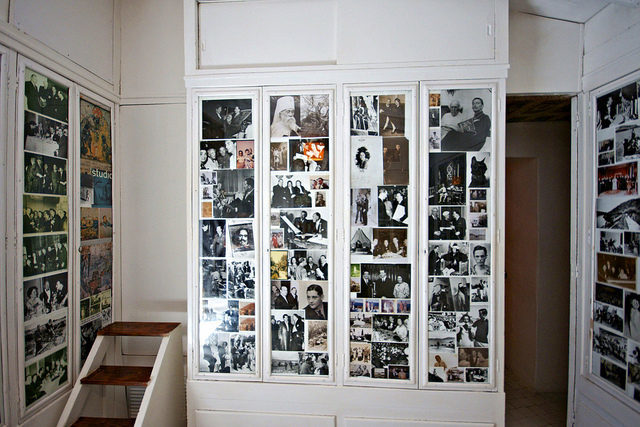
The house’s labyrinthine appearance is a result of it being built from several different combined barracks. Small corridors connect the rooms, the most stunning of which is the Oval Room, which was Dalí’s favorite. It is bordered by a large, circular sofa and was likely a place where the artist held meetings.
His studio is also fascinating and contains most of his work equipment and some paintings of Port Lligat. In one room, the walls are covered in photographs of famous people that he admired and met during his lifetime. All the rooms have surprising designs and many have unusual purposes. Small tours are organized in the village and it is essential to reserve tickets in advance. Tours last just 45 minutes, after which visitors must readjust to the real world.
